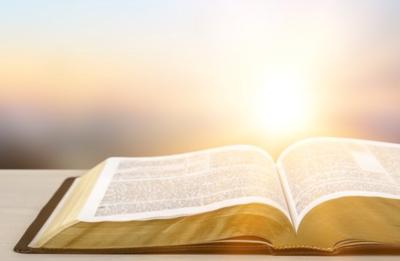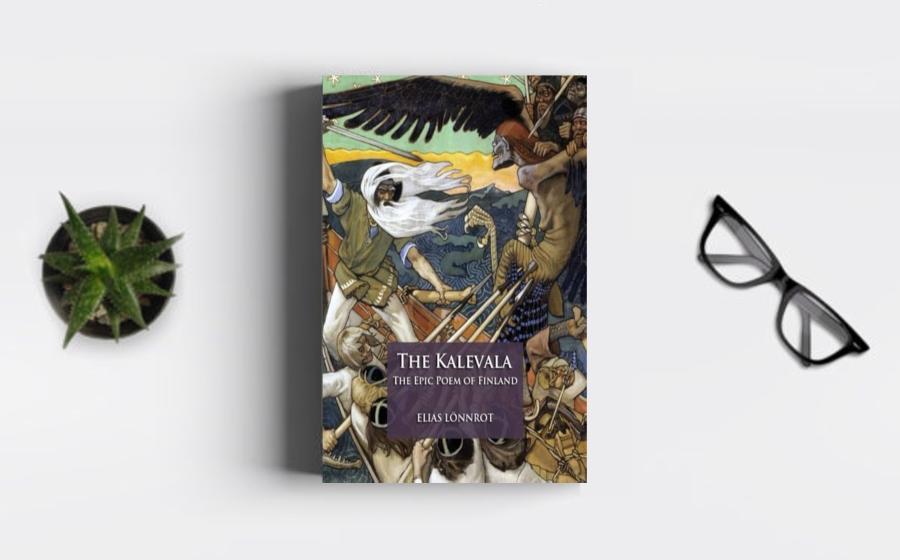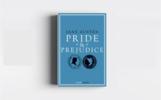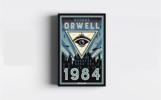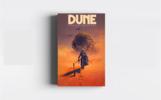"The Kalevala," often hailed as the national epic
of Finland, stands as a time-tested masterpiece of
literature, weaving together the rich tapestry of
Finnish mythology, folklore, and cultural identity.
Compiled by Elias Lonnrot in the 19th century, this epic
poem chronicles the adventures of legendary heroes, the
creation of the world, and the enduring struggle between
forces of light and darkness. As a work that has
withstood the test of time, "The Kalevala" remains a
source of national pride, a testament to Finnish
resilience, and an exploration of universal themes that
resonate across cultures.
At its core, "The
Kalevala" is a collection of folk poetry and mythology
gathered from the oral traditions of the Finnish people.
Elias Lonnrot, a physician and philologist, undertook
multiple journeys through the rural regions of Karelia,
meticulously collecting and compiling the verses recited
by traditional storytellers. The result was a poetic
narrative that became the embodiment of Finnish cultural
heritage, serving as a source of inspiration for
subsequent generations of writers, artists, and
musicians.
The enduring appeal of "The Kalevala"
lies in its vivid portrayal of Finnish mythology and the
heroic exploits of its central characters. The narrative
is structured around the lives of two key heroes,
Vainamoinen and Lemminkainen, and their quests, battles,
and encounters with mythical creatures. Vainamoinen, the
wise and powerful bard, represents the archetype of a
shamanistic figure, while Lemminkainen embodies the
adventurous and often reckless hero. Their stories,
along with those of other characters, intertwine to
create a mosaic of mythological tales that captivate
readers with their fantastical elements and timeless
themes.
One of the key elements contributing to
the time-tested nature of "The Kalevala" is its
exploration of creation myths and the origin of the
world. The epic begins with the creation of the
universe, narrating the emergence of the Earth from the
cosmic waters and the subsequent shaping of the
landscape. These myths not only provide a mythopoeic
foundation for the Finnish worldview but also tap into
universal themes of creation, order, and the cyclical
nature of existence.
"The Kalevala" serves as a
repository of Finnish folklore, preserving the cultural
identity of a people who endured centuries of external
influences and political changes. The epic's verses are
steeped in the traditions of the Karelian and Finnish
communities, featuring elements such as charms,
incantations, and the recitation of spells. By capturing
the essence of these oral traditions, "The Kalevala"
became a vital link to the past, preserving the unique
cultural heritage of the Finnish people.
The
epic's enduring resonance is also attributed to its
thematic exploration of the eternal struggle between
light and darkness, order and chaos. Vainamoinen's
encounters with the malevolent character Louhi, the
mistress of Pohjola, and Lemminkainen's battles against
various adversaries symbolize the perennial conflict
between opposing forces. These themes, rooted in Finnish
mythology, transcend cultural boundaries, resonating
with readers as they grapple with the universal concepts
of good versus evil and the challenges of maintaining
balance in the world.
The character of
Vainamoinen, the central figure in "The Kalevala,"
embodies wisdom, creativity, and the power of music and
song. As the eternal bard and wise man, Vainamoinen
symbolizes the importance of cultural continuity and the
preservation of knowledge through oral tradition. His
quest for the magical Sampo, an object that brings
prosperity and abundance, reflects the human desire for
harmony and prosperity. Vainamoinen's character
transcends the pages of the epic, becoming an enduring
cultural symbol representing Finnish resilience, wisdom,
and the importance of cultural continuity.
The
episodic nature of "The Kalevala" contributes to its
timelessness, offering readers a series of
interconnected tales that can be enjoyed individually or
as part of a larger narrative. Each episode introduces
new characters, challenges, and mythical elements,
creating a rich and diverse tapestry of stories. This
episodic structure allows readers to delve into specific
tales while also appreciating the overarching narrative
that binds them together, fostering a sense of
continuity and coherence.
The epic's poetic form,
known as trochaic tetrameter, enhances its enduring
literary appeal. Lonnrot's skillful compilation of the
folk verses into a cohesive poetic narrative showcases
the rhythmic and melodic qualities of the Finnish
language. The musicality of the verses, combined with
their oral origins, creates an immersive and enchanting
experience for readers. The poetic form of "The Kalevala"
not only preserves the aesthetic qualities of the
original folk poetry but also contributes to its status
as a work of art that transcends linguistic and cultural
boundaries.
"The Kalevala" has played a crucial
role in shaping Finnish national identity, especially
during periods of political and cultural turbulence. In
the 19th century, as Finland sought to define itself in
the midst of Russian rule, "The Kalevala" emerged as a
symbol of cultural resistance and national pride. The
epic's tales of heroism, the mystical connection to
nature, and the celebration of the Finnish language
contributed to a renewed sense of identity and unity
among the Finnish people.
The epic's influence
extends beyond literature, permeating various art forms
and cultural expressions. Artists, musicians, and
composers have drawn inspiration from the themes and
characters of "The Kalevala," incorporating them into
paintings, operas, and other creative works. The epic's
impact on Finnish cultural production has created a
lasting legacy, ensuring its continued relevance in
contemporary artistic expressions.
"The Kalevala" stands as a time-tested epic that encapsulates the essence of Finnish mythology, folklore, and national identity. Elias Lonnrot's meticulous compilation of oral traditions into a poetic narrative has created a literary masterpiece that transcends its cultural origins. As a source of inspiration for artists, a repository of cultural heritage, and an exploration of universal themes.
